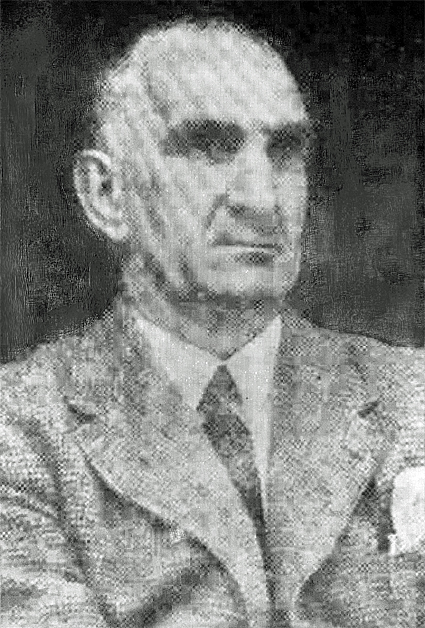
CovSoc founder member Paul Maddocks tells us about one the city’s most important recent benefactors. Paul writes…..
Alfred Harris, was a Keresley businessman, who was the sole benefactor of the Coventry Boy Foundation, which he created anonymously in 1964. He had already given more than £100,000 to Coventry and financed the Shelton Square fountain (long gone now). He gave money to some of the city’s most colourful projects, donating £20,000 for the cost of making the Graham Sutherland tapestry (equivalent to £446,000 in today’s money). He paid for the replica Coventry Cross, the Coventry Boy Statue which stands outside Coventry University in Priory Street and the statue of the Fisherman and Nymph in the pool at the Coombe Abbey Park.
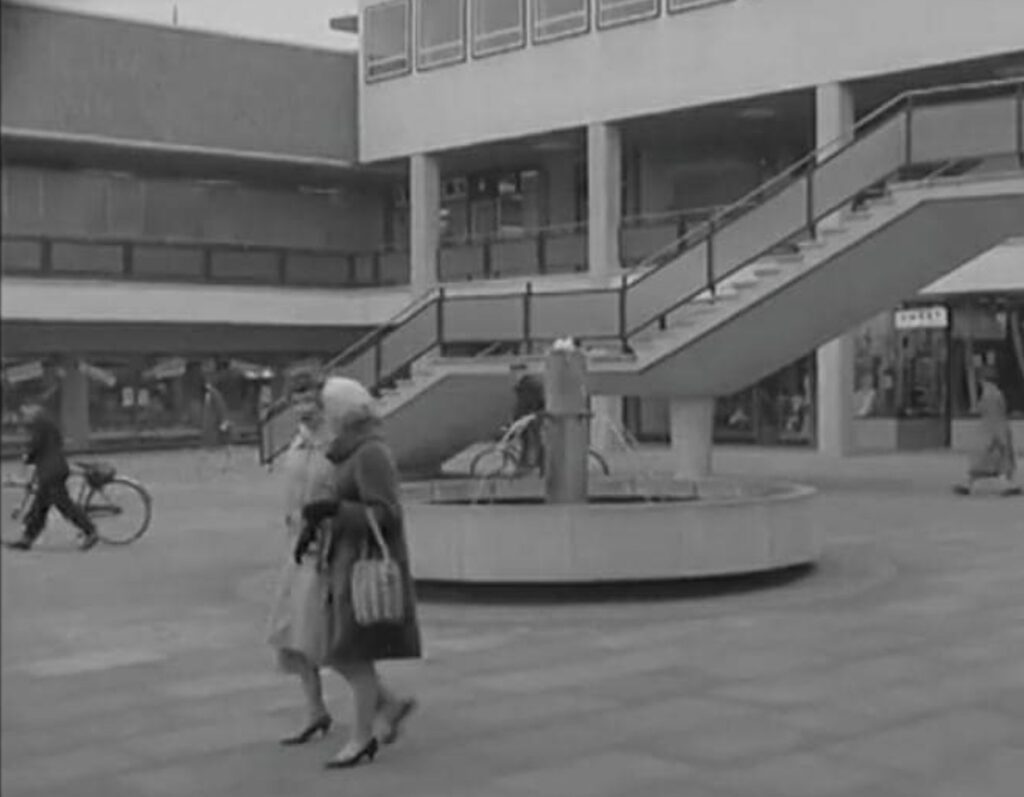
The charity first came into the news when an anonymous gift was made to Keresley Parish Church for a walkway and ornamental garden. Over the years there were many more gifts which beautified the city and surrounding countryside. Among these were churchyard projects at Corley, Ansty, Stoke, Baginton and Sherbourne. Around 50 churches within the diocese of Coventry had received grants for improvement schemes from the Foundation.
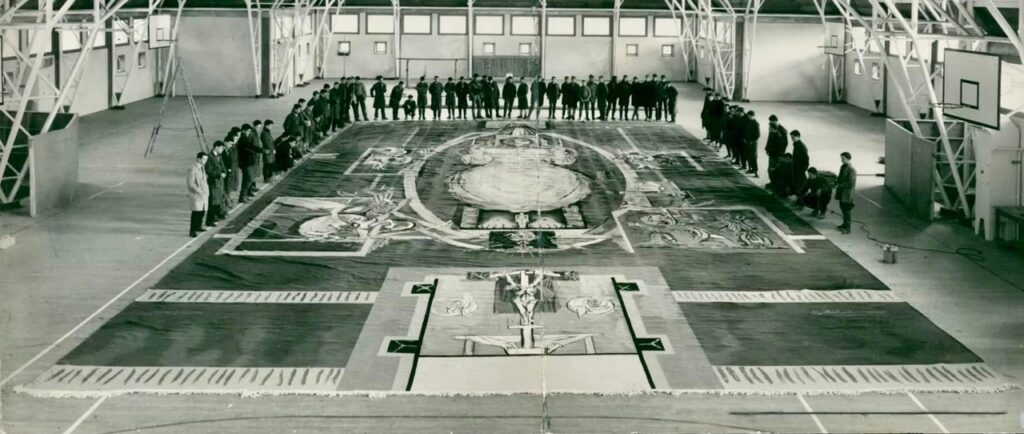
Alfred Harris lived at Penny Park House, Keresley, Coventry. He was born in Holbrooks in 1888. He started his career in the motor industry and later turned with great success to building and property development. He also set up one of Coventry’s first coach tour travel firms and personally toured many countries.
When he was retired, he was able to indulge in his love of travel and over the years visited many countries all over the world, including Japan, India, Australia, America, New Zealand and South Africa. In 1958 when Alfred was 70 years old, he travelled to Russia and met Nikita Khrushchev at a British Embassy gathering to celebrate the Queen’s birthday on June 12th. Alfred said “Mr. Khrushchev did not speak to me personally, but he gave me the impression of being a jovial man, looking all the world like a British farmer”. He also visited the Red Square mausoleum where the embalmed bodies of Lenin and Stalin lay in state.
Not long after returning from Russia he took his old friend and former headmaster, who was 84 at the time, touring Italy. Alfred said “I remember from my earliest days being fascinated by old and beautiful buildings, like the Coliseum at Rome. And it was probably Mr. Loasby who first told me about them”. “Now, more than half a century after, pupil and master will be going to Rome to study the actual buildings. Only this time, the roles will be reversed, for it is Mr. Loasby who will be the pupil and I who will be the tutor”.
Alfred was a keen photographer and took many photos of his many trips. His views of Red Square, the Kremlin and Moscow University were among his prized photos along with Rome’s Coliseum and India’s Taj Mahal.
The way he obtained his Taj Mahal picture illustrates the enthusiastic determination that has fired all Alfred Harris’ travelling. He had arranged a voyage to the Far East and realising that the ship would be stopping at an Indian port he decided to take the opportunity of journeying inland to ’the most beautiful building in the world’. It meant the ship would go on without him. But he estimated he could catch it up in Ceylon. So he made the cross country trek for one of his life time ambitions, to spend a day photographing the Taj Mahal. He started a road, rail and air dash to Colombo, and arrived just one hour before the ship sailed!
His love of travel stated when he was a boy riding his bike exploring Warwickshire country lanes. Later in his car he travelled around Britain, later putting 10 shilling a week into a holiday fund to finance his first trips overseas. This carried on up until the outbreak of war.
Alfred Harris died in March 1976, aged 88years. He left £194,683, including a £3100 donation to the Cancer Research Campaign and legacies to relatives and others. But he instructed that the residue be paid to the National Council of Social Services to further the foundation’s work.
It was only after Alfred Harris death that it was revealed that the Coventry Boy Foundation was him and only him. Solicitor George Footitt of Browetts in Bayley Lane, whose firm administered the foundation, said: “Throughout his life, Alfred Harris’s philosophy was to repay to the city something of what he had gained through his business interests. The foundation was a registered charity whose income was distributed each year at the direction of the founder and five other nominated persons. The last of the five nominated people was Ted Foottit, father of George Footitt who died in 1996 who said “the capital of the fund was paid over to the National Trust for places of historic interest or national beauty in accordance with the Trust Deed.”
In one interesting anecdote reported in the Royal Masonic Girls School website, when Alfred Harris commissioned the Coventry Boy statue, he visited Philip Bentham’s studio. He saw there the plaster sculpture entitled ‘Fisherman and Nymph’ which Percy George Bentham, Philip’s father, had exhibited in 1922 at the Royal Academy. Harris liked it so much he got the Foundry to cast it in bronze and then presented it to the City Council to be put on a small island in the lake at Coombe Abbey Country Park in 1968. So Harris made Coventry a two-Bentham city.
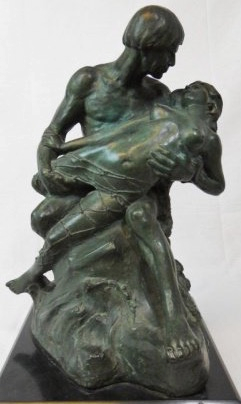
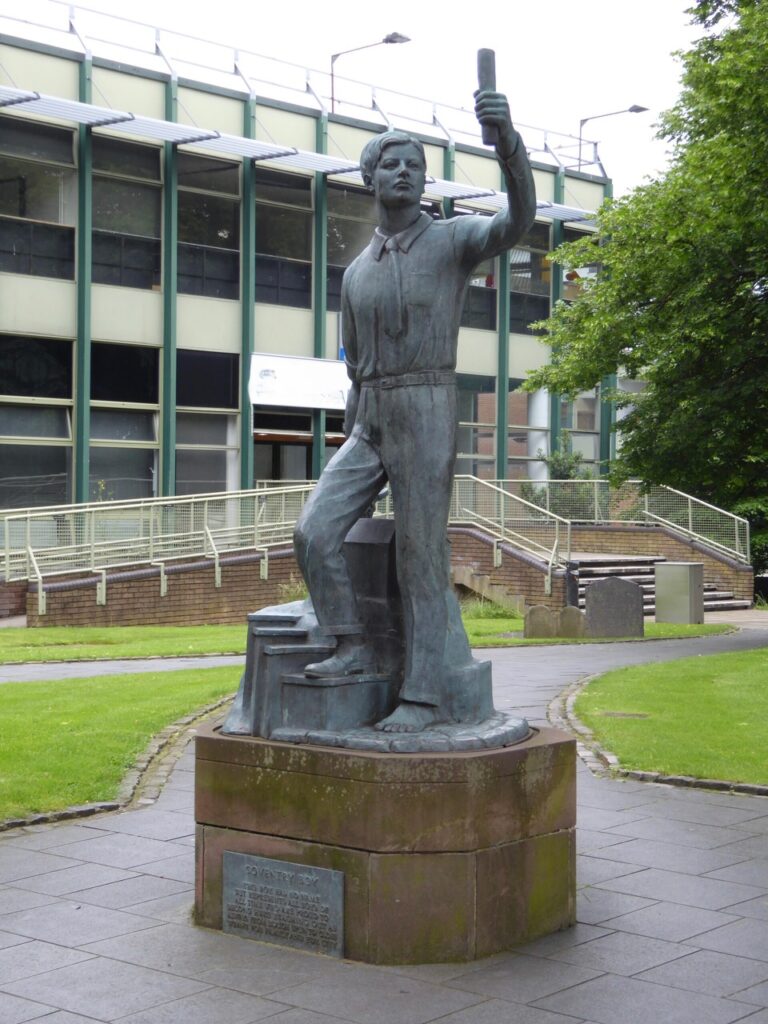
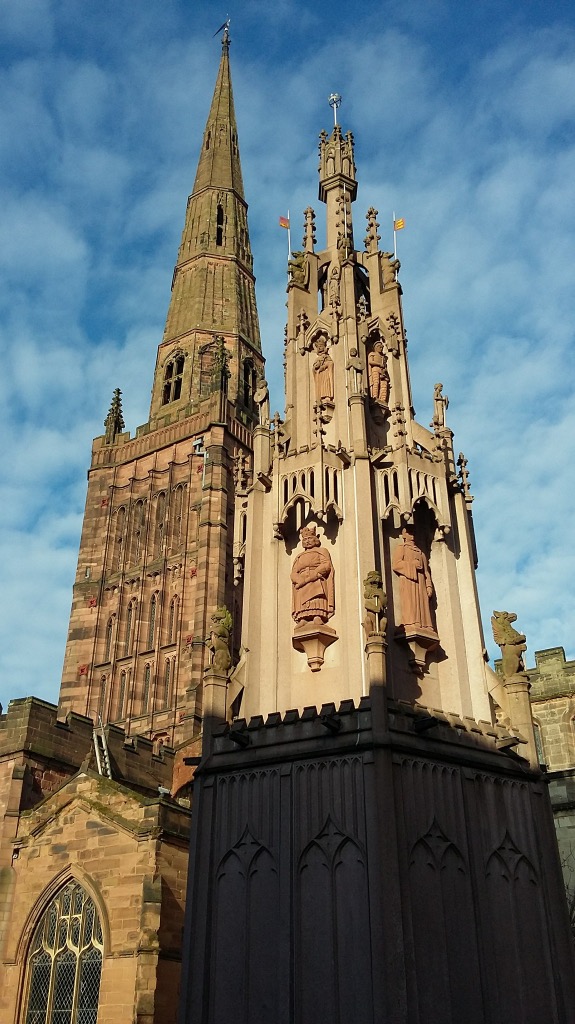
Alfred Harris is buried immediately by the church door at St Thomas Church, in Tamworth Road, Kereley.
